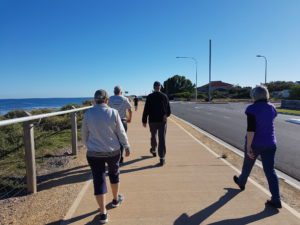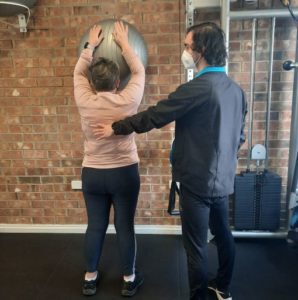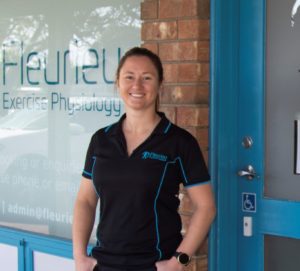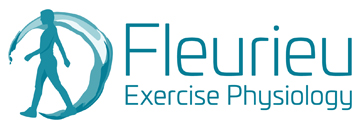Fibromyalgia – What is it?
Fibromyalgia is a chronic pain condition, but often comes with a lot of other symptoms including fatigue, stiffness, reduced mental clarity, and a raft of others. It comes about due to changes in the central nervous system, and can be very debilitating and difficult for those around you to understand as it is not a visible or ‘in your face’ kind of condition. It can also take a long time to get a diagnosis, and for many people it is years down the track and many specialists later that they get a diagnosis to work with.
But then what? We have a diagnosis but the treatment is really varied. Ultimately we need to work towards managing our pain, fatigue and stress and slowly build up the body’s tolerance again. This is where movement plays a huge role.
I’m tired and sore all the time, won’t exercise make that worse?
In short, no, it shouldn’t when done right.
I often hear “I am already so tired. I ache all over. Exercise will make that worse right???” Wrong! It has to be done in the right way and being supervised by a trained professional is the absolute best way to go. Current treatment for fibromyalgia is centred around a gradual, progressive increase in movement and activity.

Exercise can produce some amazing benefits for people living with fibromyalgia. These include:
- Improving your pain and reducing the number of areas of pain.
- Improve your energy levels
- Improve your ability to do more in a day whether this be exercise or day to day tasks
- Improve your mental health by reducing stress and depressive feelings
- Increased general fitness
But… where do I start when I struggle to do anything?

The thought of exercise may feel so out of reach at this current point in time. But sometimes we need to change our perception of what exercise is. For example, for some people with fibromyalgia, walking to the letterbox, doing shopping, the dishes or hanging the washing will be exhausting. In this instance a progressive and appropriate plan could start with very short walks around the house, splitting up chores into small chunks or light stretches and mobility exercises lying down. The key with starting exercise, is that it has to start conservatively and progress really slowly.
I have worked with so many people over the years and the number one thing that can go wrong is when movement and exercise is progressed too quickly and then fatigue and pain flares up again. We are here to help.
How can an exercise physiologist help me?
As Accredited Exercise Physiologists we will:
- Learn all about how your fibro affects you as everyone is different.
- Figure out where we can start with a progressive exercise plan which may not look like typical exercise to start with.
- Support you to slowly progress this along the way. This is a slow journey and support and guidance is often crucial.
- Work towards your goals. We want to see you back doing the things you used to without awful repercussions for your pain in the next few days or weeks. What is important to you?

People with fibromyalgia often feel misunderstood, not believed, judged and a bit helpless. As we mentioned earlier, it doesn’t present itself in a way that is visible to the outside world. It can be very hard for those close to you with no history of conditions such as chronic fatigue or chronic pain to have any understanding of what is going on and how you feel.
Is someone you know suffering with fibromyalgia? Here’s my advice.

If you know someone with fibromyalgia, they don’t want to feel this way, they aren’t cancelling on you again because they couldn’t be bothered or don’t want to see you. Provide them with support. Offer alternatives for catching up that involves less travel for them, less activity if needed, and short periods of time can be less taxing than full or half days. Discuss with them what would work best, and let them know that if plans need to change, they can. Your support is invaluable to their health and pain management. If you want to know more about how you can support someone the Fibromyalgia Australia website has some really useful information.
Author: Claire Neylon, Accredited Exercise Physiologist




